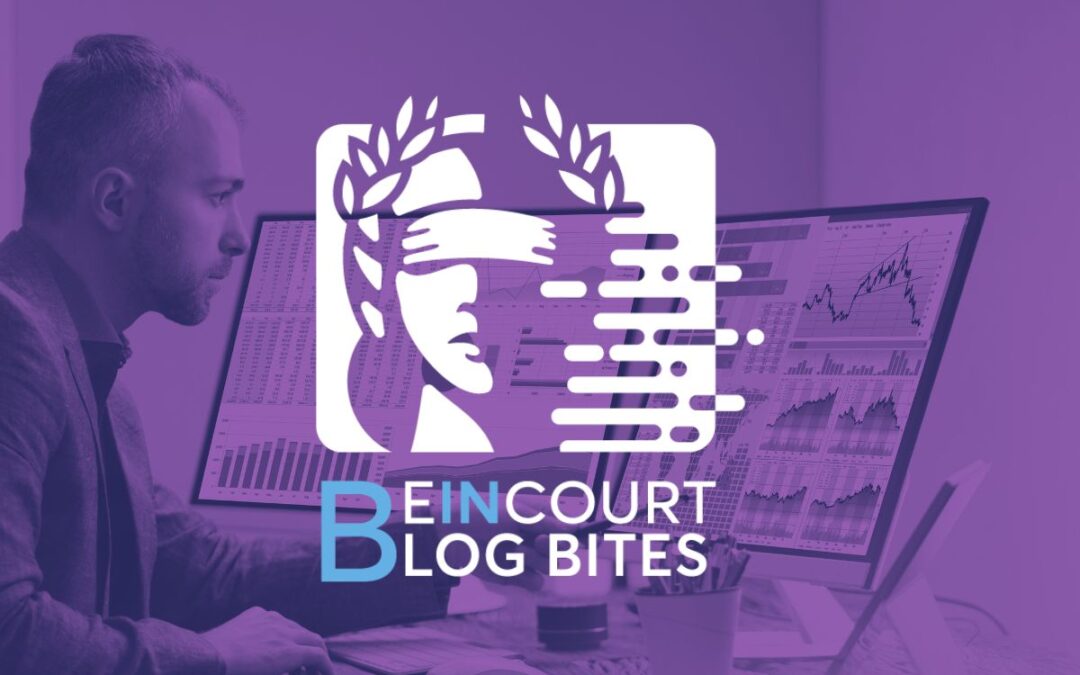In the evolving landscape of courtroom technology, audiovisual (AV) systems have become indispensable for efficient and effective judicial proceedings. However, for many courts operating with limited budgets, acquiring such technology can be a daunting challenge. This article aims to explore the advantages and disadvantages of financing versus purchasing courtroom AV technology, providing a comprehensive guide for courts seeking cost-effective solutions.
The Importance of AV Technology in Courtrooms
Modern courtroom AV systems enhance the judicial process by enabling clear communication, supporting hybrid court proceedings, and ensuring that all participants, whether in-person or remote, can effectively engage. These systems typically include components like PTZ cameras, microphones, speakers, and integrated software platforms such as Zoom or Microsoft Teams.
The Challenge of Budget Constraints
Courts with limited budgets often face significant hurdles when trying to upgrade or install new AV technology. The initial cost of a comprehensive AV system can be substantial, making it challenging for many courts to afford these necessary upgrades. This is where the decision between financing and outright purchasing becomes critical.
Financing AV Technology: Advantages and Considerations
Advantages:
- Lower Initial Costs: Financing allows courts to spread the cost of AV technology over several years, reducing the immediate financial burden. This makes it feasible for courts to implement modern technology without depleting their budgets.
- Predictable Payments: With fixed monthly payments, courts can better manage their budgets and financial planning. This predictability helps avoid unexpected expenses that can disrupt financial stability.
- Access to Advanced Technology: Financing can provide access to the latest technology that might otherwise be unaffordable. Courts can benefit from up-to-date systems that enhance functionality and efficiency.
- Preserved Capital: By financing, courts can preserve their capital for other critical needs and investments, ensuring a more balanced allocation of resources.
Considerations:
Interest Costs: Financing typically involves interest payments, which can increase the overall cost of the AV system over time. Courts need to evaluate whether the benefits of immediate access outweigh the additional costs.
Long-term Commitment: Financing agreements often require a long-term commitment, which can be a disadvantage if technological needs change or if the court’s financial situation improves significantly.
Purchasing AV Technology: Advantages and Considerations
Advantages:
Total Ownership: Purchasing AV technology outright means the court owns the equipment immediately, with no ongoing payments. This can be beneficial for long-term financial planning and asset management.
No Interest Costs: By avoiding financing, courts do not incur interest payments, potentially reducing the overall cost of the AV system.
Greater Flexibility: Ownership provides the flexibility to upgrade, modify, or sell the equipment as needed without being tied to financing agreements.
Considerations:
High Initial Costs: The primary disadvantage of purchasing is the significant upfront expense, which can strain a court’s budget. This can limit the ability to invest in other necessary areas or respond to unforeseen financial challenges.
Depreciation: Technology rapidly evolves, and AV equipment can become outdated. Owning the equipment means bearing the full brunt of depreciation and potential obsolescence.
Conclusion: Choosing the Right Path
For budget-conscious courts, the decision between financing and purchasing AV technology hinges on their specific financial situations, technological needs, and long-term planning goals. Financing offers the advantage of lower initial costs and predictable payments, making it an attractive option for many. On the other hand, purchasing provides total ownership and avoids interest costs, which can be more cost-effective in the long run.
Ultimately, the choice depends on a careful analysis of the court’s budget, the importance of immediate access to advanced technology, and the ability to commit to long-term financial obligations. For courts exploring these options, platforms like the EASYCOURT configurator from BEINCOURT can assist in building and configuring affordable custom AV solutions tailored to their specific needs, whether financed or purchased.
By considering these factors, courts can make informed decisions that enhance their operational efficiency while maintaining financial health.
Learn more about financing options, EASYCOURT, and our other innovative courtroom audio and video solutions by following us on LinkedIn or exploring our website at www.beincourt.com!

